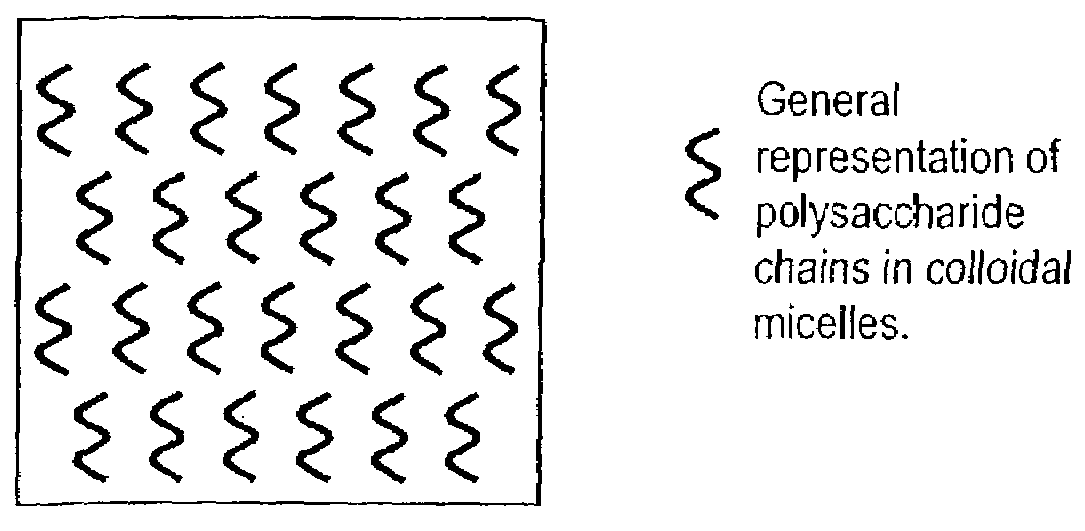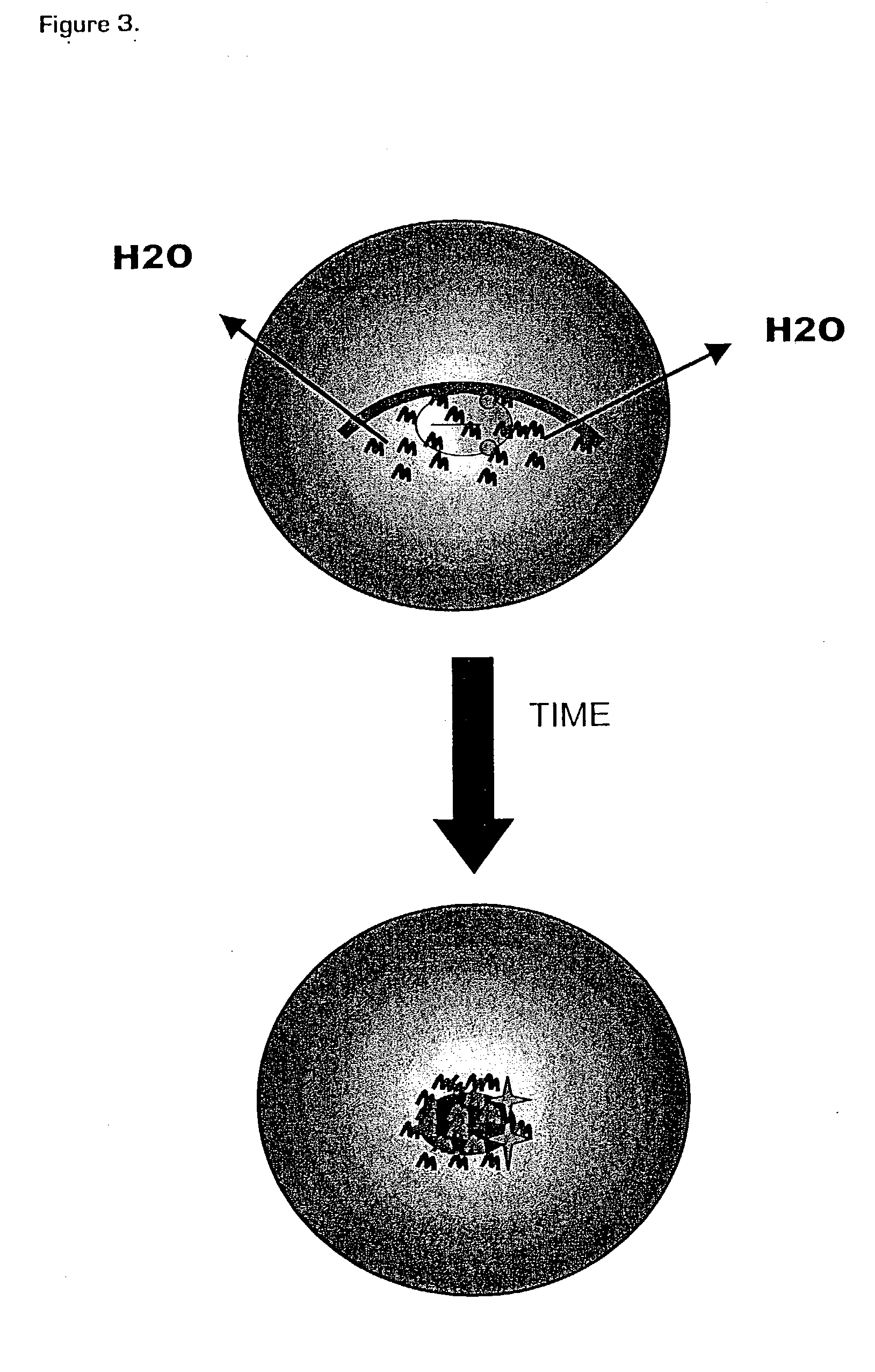Physical mode of action pesticide
a pesticide and physical mode technology, applied in the field of physical mode of action pesticides, can solve the problems of toxic residues which may have an extended impact on humans and the environment, chemical treatments are less effective or totally ineffective for agricultural purposes, and the loss of approximately 30% of crops in the united states and up to 50% of crops worldwide. , to achieve the effect of reducing fungus and insect infestation, enhancing plant growth and production, and improving soil conditions
- Summary
- Abstract
- Description
- Claims
- Application Information
AI Technical Summary
Benefits of technology
Problems solved by technology
Method used
Image
Examples
example 1
Ingredients:
[0060]Potassium dihydrogen phosphate (83.7 lbs., 0.98 wt. %) Ashland Distribution & Chemical Group, Ashland Inc., Columbus, Ohio; deionized water (4404 lbs., 51.95 wt. %); polyoxyethelene dodecylphenol (2595.5 lbs., 30.4 wt. %) as T-DET DD7, Harcros Organics, Kansas City, Kans.; tetrahydrofurfuryl alcohol (1314.8 lbs., 15.4 wt. %), THFA manufactured by Ashland Distribution & Chemical Group, Ashland Inc., Columbus, Ohio; propylene glycol propanediol (117.0 lbs., 1.37 wt. %) manufactured by Ashland Distribution & Chemical Group, Ashland Inc., Columbus, Ohio; xanthan gum (5.1 lbs., 0.06 wt. %) Keltrol®, C.P. Kelco, San Diego Calif.; potassium hydroxide (caustic potash, 13.7 lbs., 0.16 wt. %), Ashland Distribution & Chemical Group, Ashland Inc., Columbus, Ohio; caramel color (3.4 lbs., 0.04 wt. %), D.D. Williamson & Co. Inc., Columbus Ohio.
[0061]Add one half of the total water (deionized water, total is 4404.7 lbs., 51.6 wt. %) to a mixing tank, an...
example 2
Ingredients:
[0066]Propylene glycol alginate (0.078 wt. %, Kelcoloid HVF®, manufactured by ISP Alginates); deionized water (51.59 wt. %, manufactured by Aeropure); dodecylphenol ethoxylate (30.40 wt. %, T-DET DD7, manufactured by Harcros Organics); tetrahydrofurfuryl alcohol (15.40 wt. %, THFA manufactured by Ashland Distribution & Chemical Group, Ashland Inc., Columbus, Ohio); propylene glycol propanediol (1.37 wt. %, manufactured by Ashland Distribution & Chemical Group, Ashland Inc., Columbus, Ohio); potassium phosphate (0.98 wt. %, Europhos MKP FG®, Ashland Distribution & Chemical Group, Ashland Inc., Columbus, Ohio); potassium hydroxide (caustic potash, 0.083 wt. %, Ashland Distribution & Chemical Group, Ashland Inc., Columbus, Ohio); caramel color (0.04 wt. %, D.D. Williamson & Co. Inc., Columbus Ohio); xanthan gum (0.01 wt. %, Keltrol®, C.P. Kelco, San Diego Calif.).
[0067]Add one half of the total deionized water, 51.59 wt. %. to a mixing tank, and w...
PUM
| Property | Measurement | Unit |
|---|---|---|
| particle size | aaaaa | aaaaa |
| wt. % | aaaaa | aaaaa |
| wt. % | aaaaa | aaaaa |
Abstract
Description
Claims
Application Information
 Login to View More
Login to View More - R&D
- Intellectual Property
- Life Sciences
- Materials
- Tech Scout
- Unparalleled Data Quality
- Higher Quality Content
- 60% Fewer Hallucinations
Browse by: Latest US Patents, China's latest patents, Technical Efficacy Thesaurus, Application Domain, Technology Topic, Popular Technical Reports.
© 2025 PatSnap. All rights reserved.Legal|Privacy policy|Modern Slavery Act Transparency Statement|Sitemap|About US| Contact US: help@patsnap.com



